-
Are you a Tarantula hobbyist? If so, we invite you to join our community! Once you join you'll be able to post messages, upload pictures of your pets and enclosures and chat with other Tarantula enthusiasts. Sign up today!
You are using an out of date browser. It may not display this or other websites correctly.
You should upgrade or use an alternative browser.
You should upgrade or use an alternative browser.
apiomerus flaviventris
-
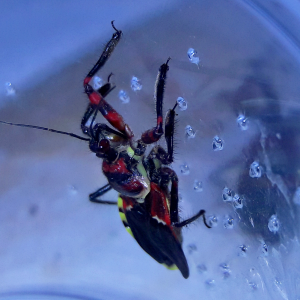
Apiomerus flaviventris- Male
Sexing is easy in this family, as males lack the ventral setae entirely- MBullock
- Media item
- apiomerus flaviventris assassin bug bee assassin hempitera reduviidae
- Comments: 0
- Album: Hexapoda
-

Apiomerus flaviventris- Female
Note the golden ventral patch of setae- this is used to store plant resins for later use and for oviposition. Without a resin coating, the survival rate of the eggs plummets sharply- with most dehydrating and dying inside the egg, or being predated upon by ants.- MBullock
- Media item
- apiomerus flaviventris assassin bug bee assassin hemiptera reduviidae
- Comments: 0
- Album: Hexapoda
-
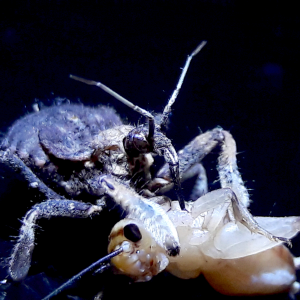
Apiomerus flaviventris nymph
Penultimate instar, can now tackle prey larger than itself- MBullock
- Media item
- apiomerus flaviventris assassin bug hemiptera reduviidae yellow bellied bee killer
- Comments: 2
- Album: Hexapoda
-
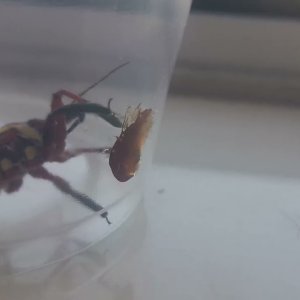
Yellow-bellied bee-assassin collecting resin
Mature female Apiomerus flaviventris collecting plant resin for oviposition. A common host is encelia farinosa, but any kind of aromatic resins should work.- MBullock
- Media item
- apiomerus flaviventris bee assassin hemiptera reduviidae yellow-bellied assasin bug
- Comments: 0
- Album: Hexapoda
-
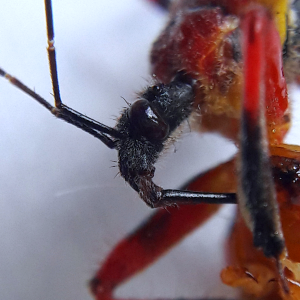
Apiomerus flaviventris
Concealed inside the already-formidible beak is a long needle-sharp proboscis that penetrates deeply, enabling them to inject their enzyme and liquify their prey's innards. Getting bit by any assassin bug will be extremely painful and the pain lingers for DAYS. No touchy!- MBullock
- Media item
- apiomerus flaviventris assassin bug bee-assassin harpactorinae reduviidae resin-bug yellow-bellied assasin bug
- Comments: 0
- Album: Hexapoda
-
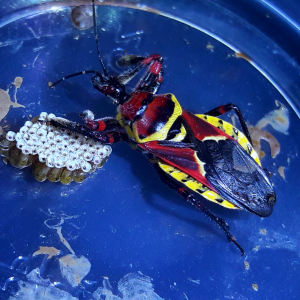
Apiomerus flaviventris with eggs
The apiomerini are an unusual tribe of assassins that utilize plant resins in their predation, ecclosion and oviposition.- MBullock
- Media item
- apiomerus flaviventris assassin bug bee assassin eggs hemiptera reduviidae
- Comments: 0
- Album: Hexapoda
-
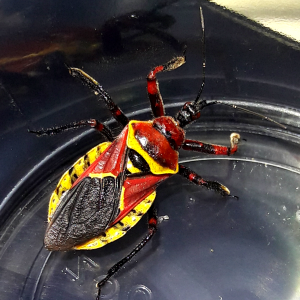
Apiomerus flaviventris female
Bee assassins are a member of the resin bug tribe- these assassins utilize plant resins for hunting and oviposition, having a fuzzy patch of setae on the venter for resin collection.- MBullock
- Media item
- apiomerus flaviventris assassin bug bee assassin hemiptera resin bug
- Comments: 0
- Album: Hexapoda